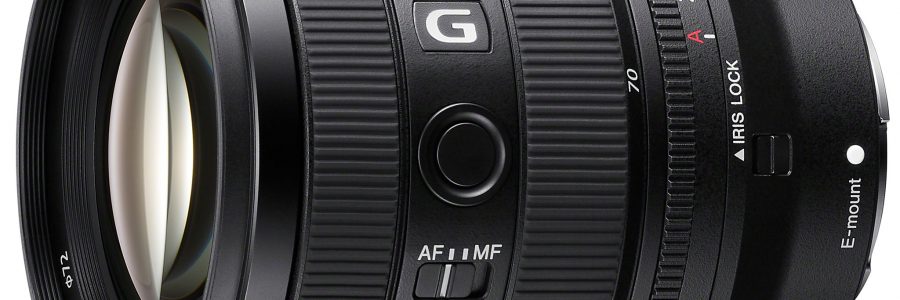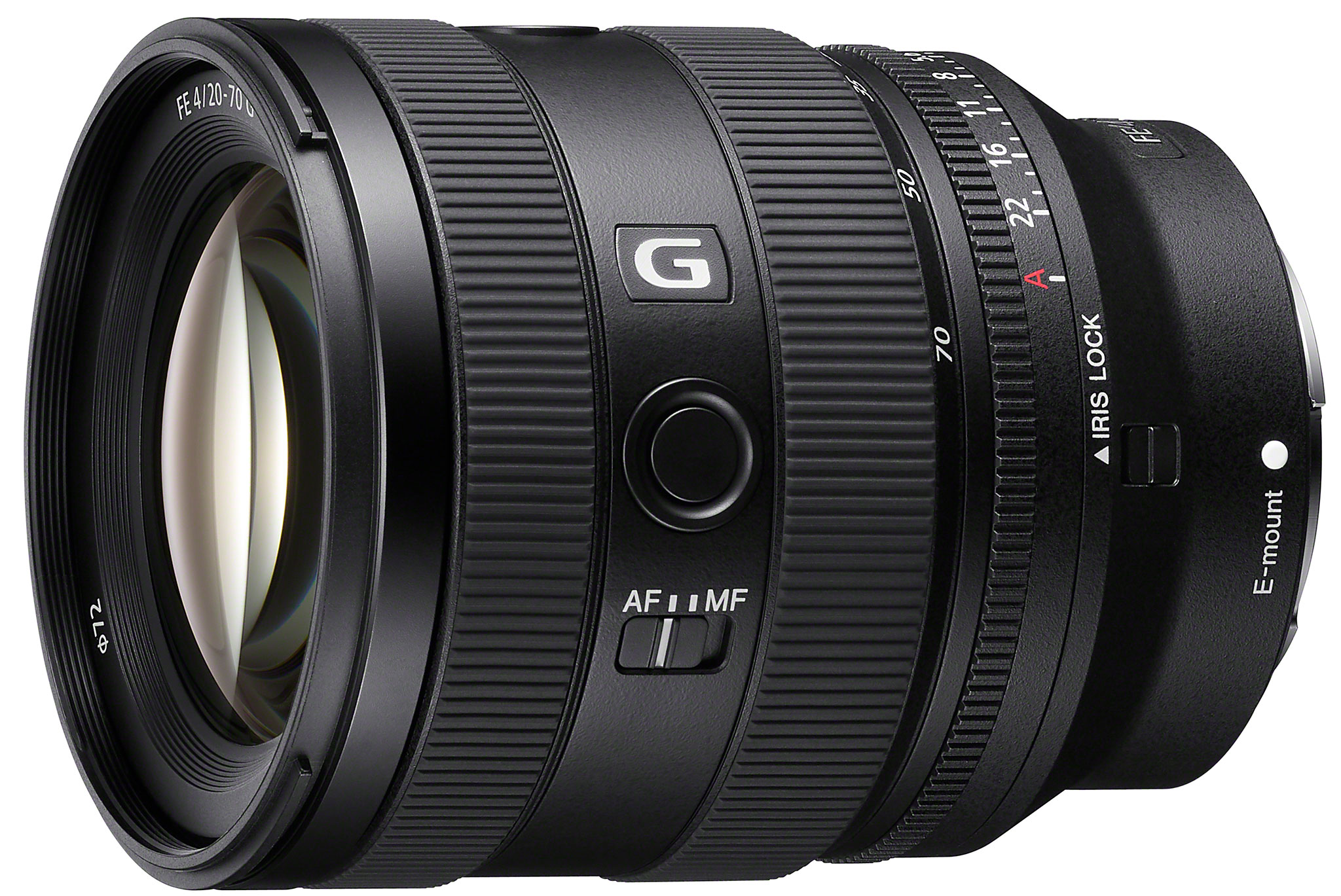
Sony 20-70mm f/4 G – a new type of lens


In the specification there’s one oddity – the stated minimum focus distance and magnifications. Most wide to portrait zooms focus closer at the wide angle end. Apparently this one does the reverse, and the 0.39X close-up image scale is based on 25cm at 70mm (it’s a mystery why the specs bother to say AF and MF distances, when there’s no difference – 25cm either way!). Here’s from the spec:
MINIMUM FOCUS DISTANCEWide: 0.30 m / Tele: 0.25 m (AF), 0.25 m (MF) (Wide: 0.99 ft / Tele: 0.82 ft (AF), 0.82 ft (MF))MAXIMUM MAGNIFICATION RATIO (X)0.39
Well, 30cm at 20mm focal length is just OK; my yardstick for min focus is that I like to see it just less than 10X focal length, so for an 85mm lens I want to get 0.85m if possible, like having anything closer and don’t like ones which only manage 1m. With a 20mm focal length 20cm close focus is desirable. The Tamron 17-28mm as an example manages 19cm at 17mm, it’s just OK, but can’t shoot any real close-ups as the largest c/u scale in 1:5.2 or 0.19X. The Sony 20-70mm manages 1:2.56, getting on for half life size, by focusing closer at 70mm than it does at 20mm.
This is such an unusual overall mix of zoom/focus behaviours that I really do want to try this lens and understand how.
The other unusual statement about the lens is that the zoom and focus design minimises breathing (desirable) and axial shift – well, I’ve not seen a zoom with axial shift, image wandering off centre when you zoom or focus, since the days of pioneering 1970s consumer glassware. Especially not a non-stabilised zoom, like this. Stabilisation has been the main reason any lens shifts off axis.
The lens weighs 488g which is great, takes 72mm filters which is not great but matches some other Sony lenses, and the size as you can see from the images here is convenient though not a single PR image sent to me shows it with a lens hood which could have some impact on bag/pocket ability. One thing’s for sure, if the dual linear motor focusing is as good as claimed, f/4 will not be a big loss over f/2.8 and carrying one lens in place of two will make this a winner for travel, landscape and urban shooting. It’s due to be in UK stores from March 3rd.
– David Kilpatrick
